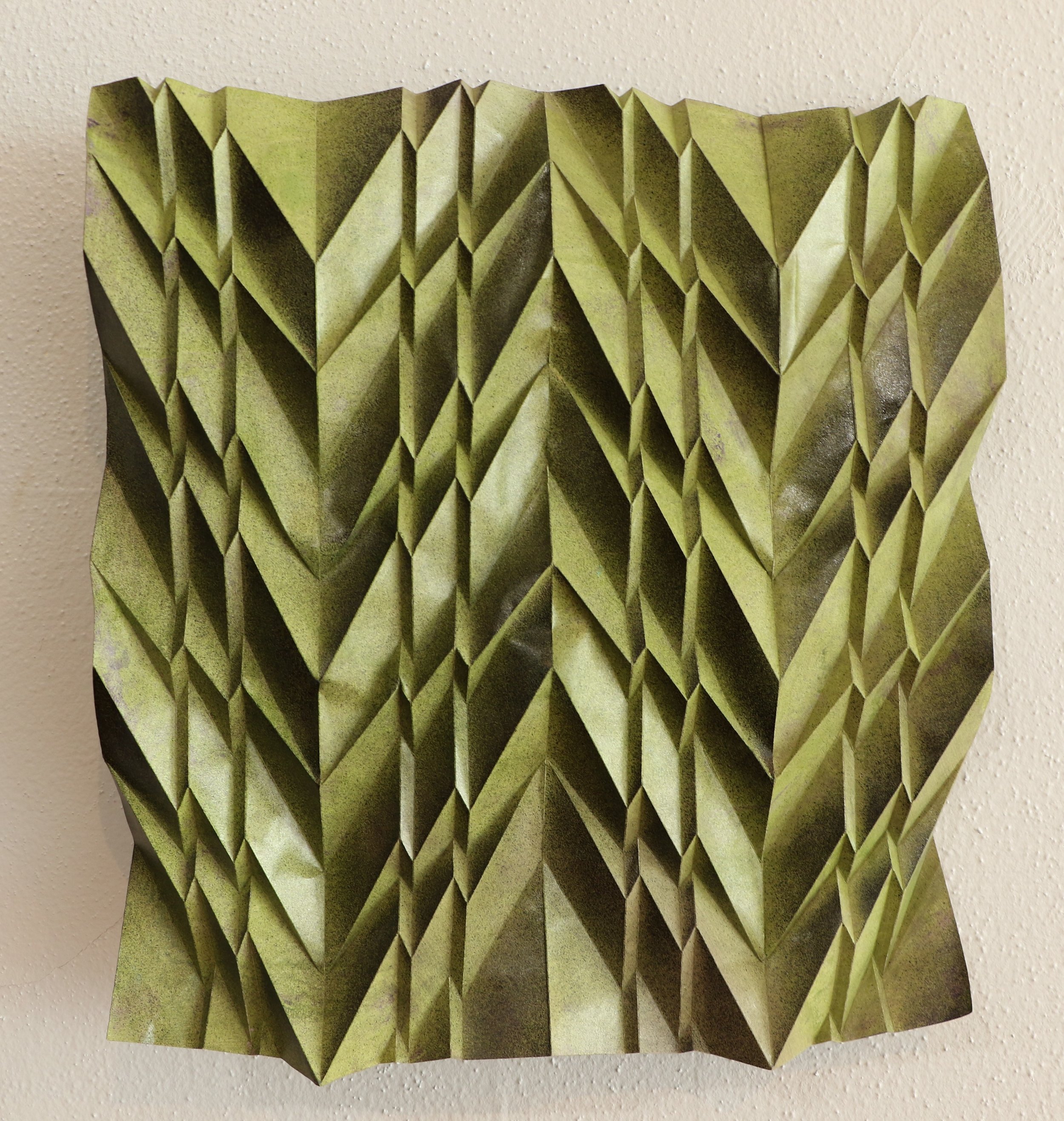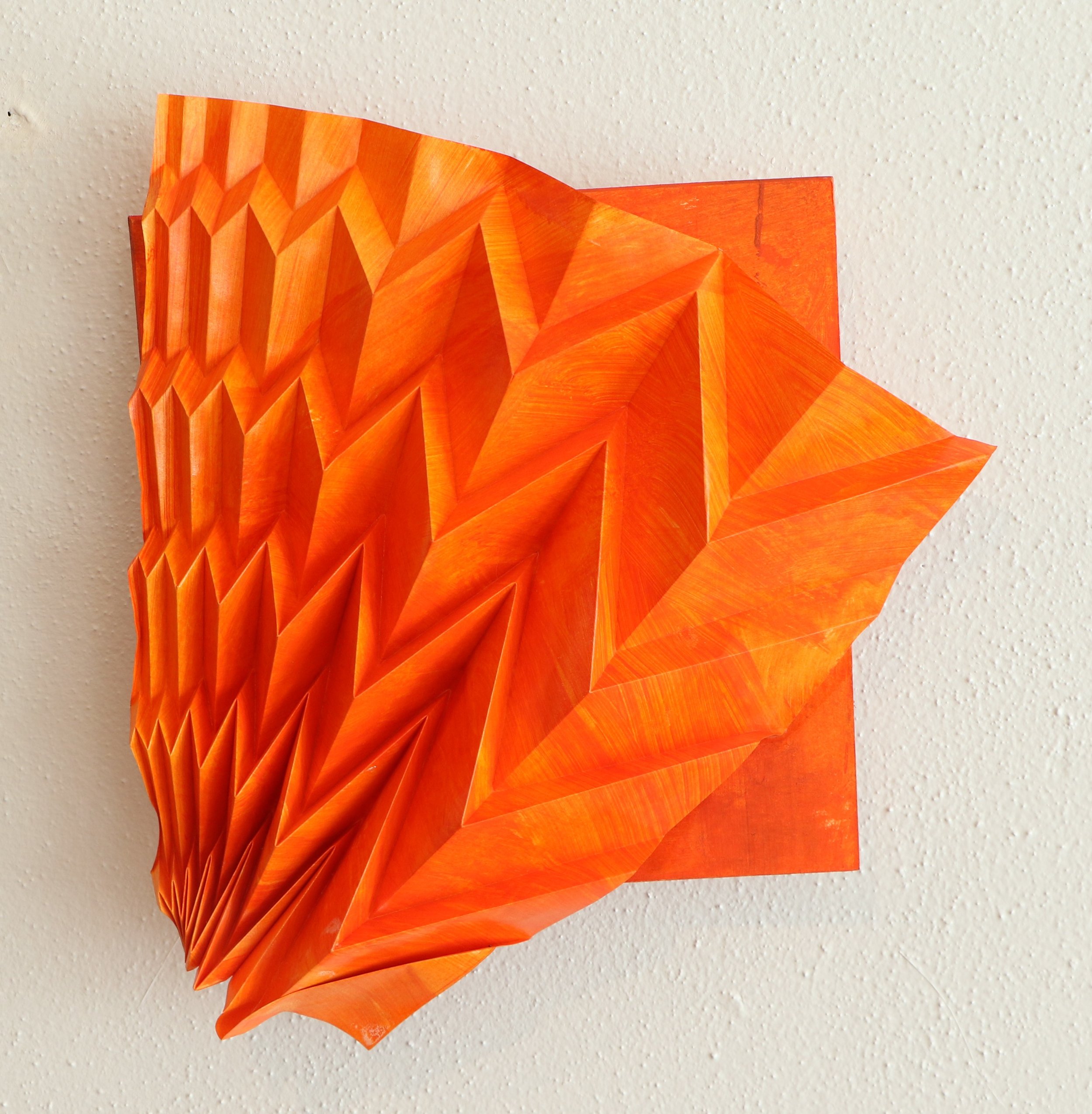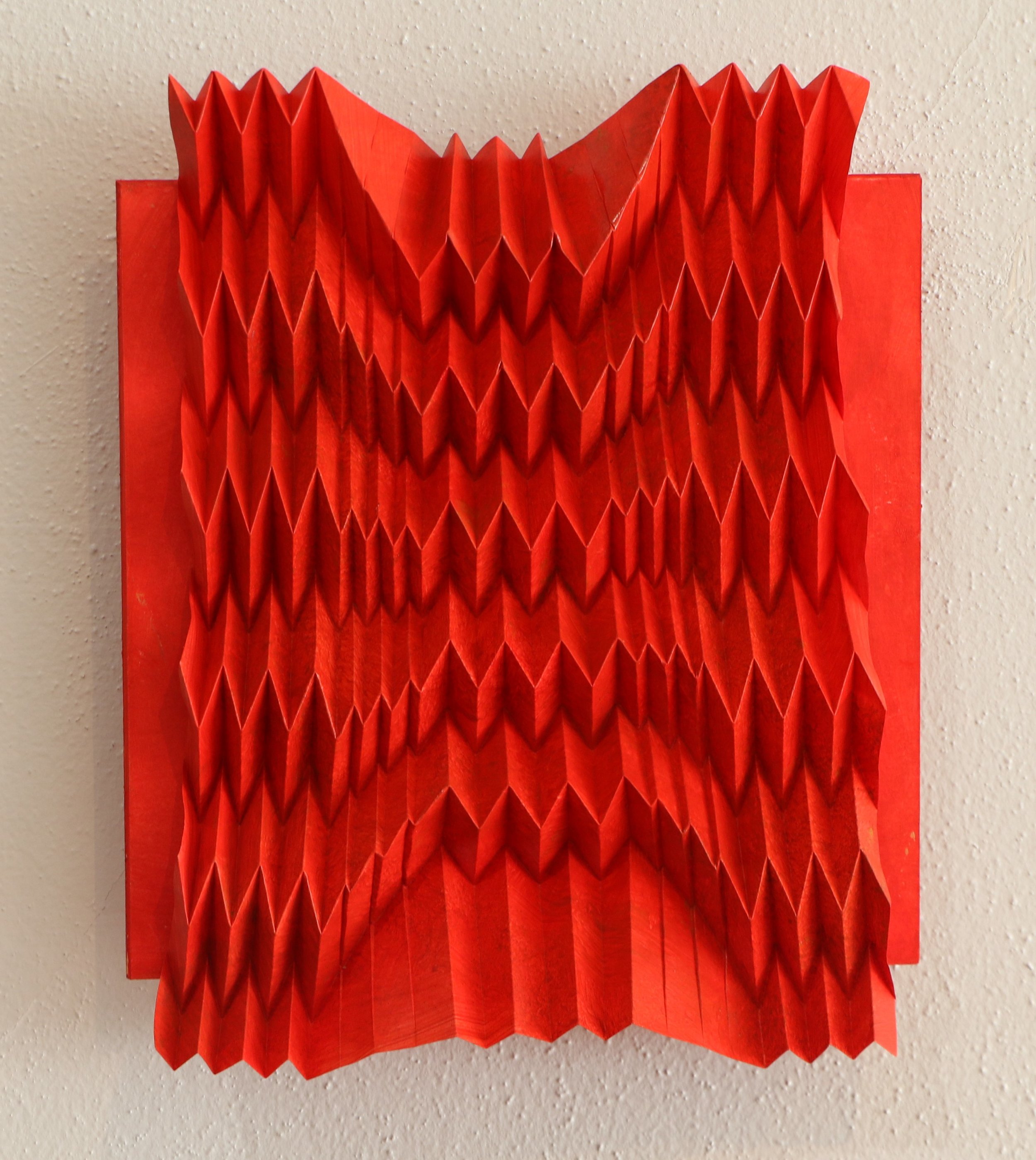Origami is a fascinating discipline. To its practitioners, it presents an unparalleled challenge to the mind and body, and the knowledge that can be unlocked by pushing the limits of what is possible with a single sheet of paper never ceases to amaze. The study is ancient, yet modern science is just beginning to reveal its full potential. It involves the manipulation of paper, among the humblest of materials, yet it sheds light on questions that flow through fundamental branches of human study such as mathematics, physics, pedagogy, art, and meditation. It is an art form that in its purest state neither adds nor subtracts material, but alters it in an almost alchemical process. It has international and intergenerational appeal, is accessible to all willing to put effort into its practice, and is represented by organizations that consistently promote the philosophy of communal advancement. These aspects of origami have held my interest for a very long time, and I do not expect that to change.
I practice a branch of this discipline known as geometric origami, and primarily design tessellations, which are studies of how paper can be shaped to create complex patterns capable of an infinite number of repeated iterations. While studying in Aix-en-Provence in 2007, I vacationed in Rome. At the time I was engrossed in one of the most holistic origami design books on the market, Robert Lang’s Origami Design Secrets. In it, Lang describes how to create an origami base, the skeleton of a representational design, and how to add details to create incredibly realistic designs. The designs are mathematical at their core yet result in a natural look that make many believe they are looking at a scale model of the object. Around the same time, I (re)discovered a photo-sharing website called flickr and a group called Origami Tessellations. The members of this group produce and share elaborate abstract paper designs.
Walking through the Roman historical centers, these two strong inspirational forces combined to make me think, “I wonder if…” It is almost 9 years later, and I still have not folded a detailed model of the Vatican out of a single uncut sheet of paper, but I have several decades left before I die. I have started on the architectural path by folding several skyscrapers out of paper, including the John Hancock Building in Chicago and the Terminal Tower in Cleveland, but there is more to learn. In the interim, I will be content exploring the vastness of geometric origami design. Origami tessellation studies have given rise to compositional studies such as the Breaking the Pattern series, an exploration into how to use abstract forms to draw a provocative picture with the paper. An open mind and fortune has granted me access to invaluable collaborations such as the series I share with darkroom photographer Christine Dalenta, which we call Shadow Tessellations.
My work is just beginning. I have used this art to become a proficient educator, writer, curator, mathematician, photographer, organizer, and entrepreneur. While none of these were my intended vocation, I have had to adapt to be successful at my craft. It has shaped who I am, my direction in life, and my relationships. I cannot imagine my life without origami.
Back to All Events
Earlier Event: June 29
Broad Stripes and Bright Stars
Later Event: September 6
Maniac : Manic Episode 5




